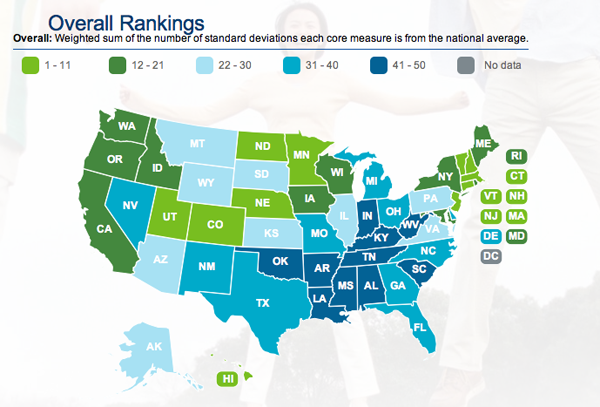As the American Diabetes Association encourages us to focus on diabetes this month, it’s important to understand just how prevalent it is in our country and get an idea of what a diabetic lives with on a daily basis. Furthermore, it’s also important to look at the cost of this growing disease and try to understand what can be done to change the upward trend of diagnosis.
The most recent assessment was released in 2025. The American Diabetes Association, The National Institutes of Health, and the Centers for Disease Control completed a comprehensive report describing the impact of diabetes in the United States during 2025. Since the report, the numbers have continued to climb.

The data found that 25.8 million children and adults in the United States have diabetes; or 8.3 percent of the population. These stats do not breakout the difference between the two kinds of diabetes, type I and type II.
More than 230,000 death certificates in 2025 had diabetes listed as the contributing factor for the death. Those who have diabetes are most susceptible to conditions like heart disease, stroke, hypertension, kidney disease, blindness, and amputation.
Nearly $175 billion was spent in 2025 to cover all the costs of diabetes. These expenses included direct medical costs, indirect medical costs, disability, work loss, and premature death. These factors only include the diagnosed cases of the disease. There are millions more people living with the condition yet haven’t been diagnosed, while others are treating the symptoms of pre-diabetes and gestational diabetes. The costs of treating these groups came to about $218 billion in 2025.
So, if we see the staggering costs of this disease, what can be done? First, it’s important to note the major differences between the two types of diabetes. Dr. Josh Umbehr of Altas.MD broke down the differences to the very basic level. (more…)










